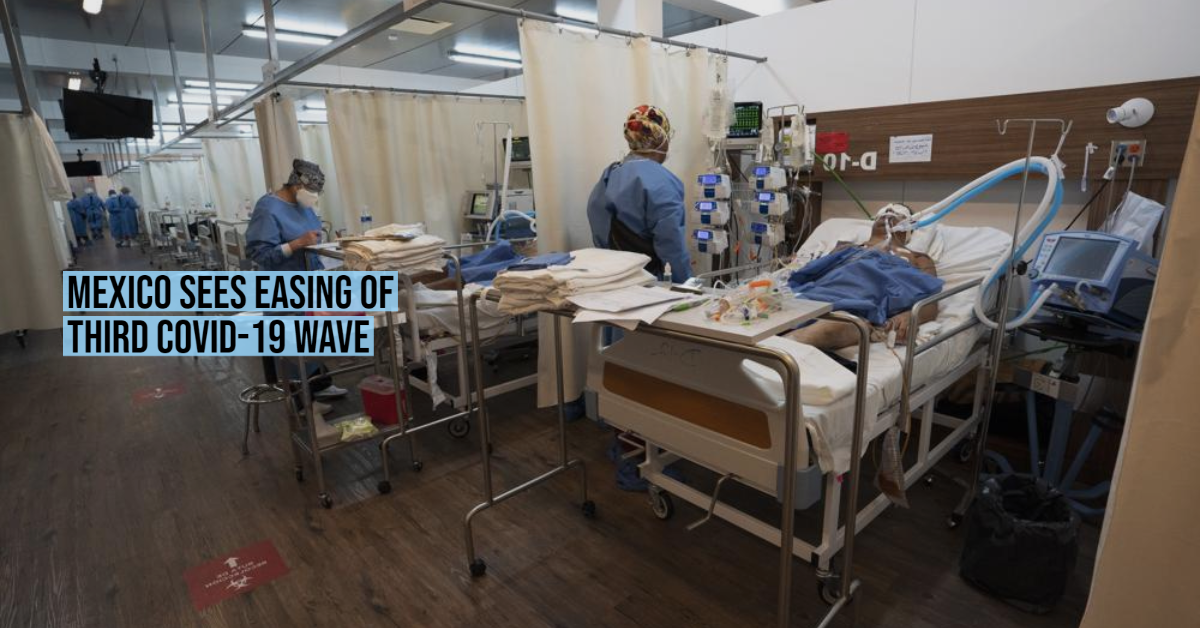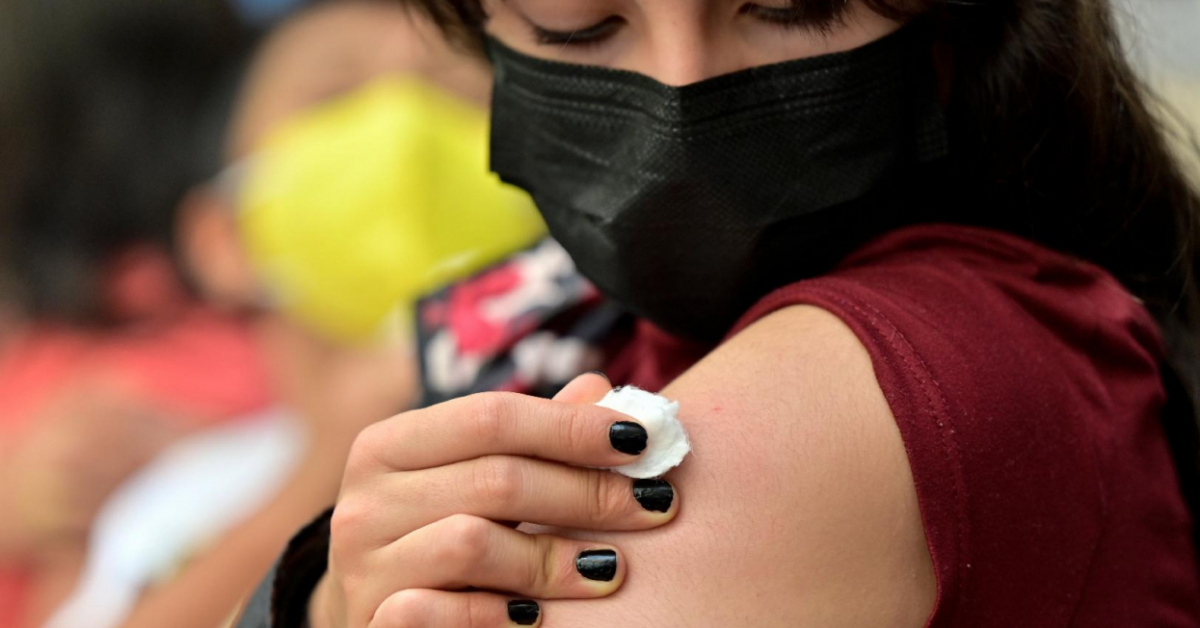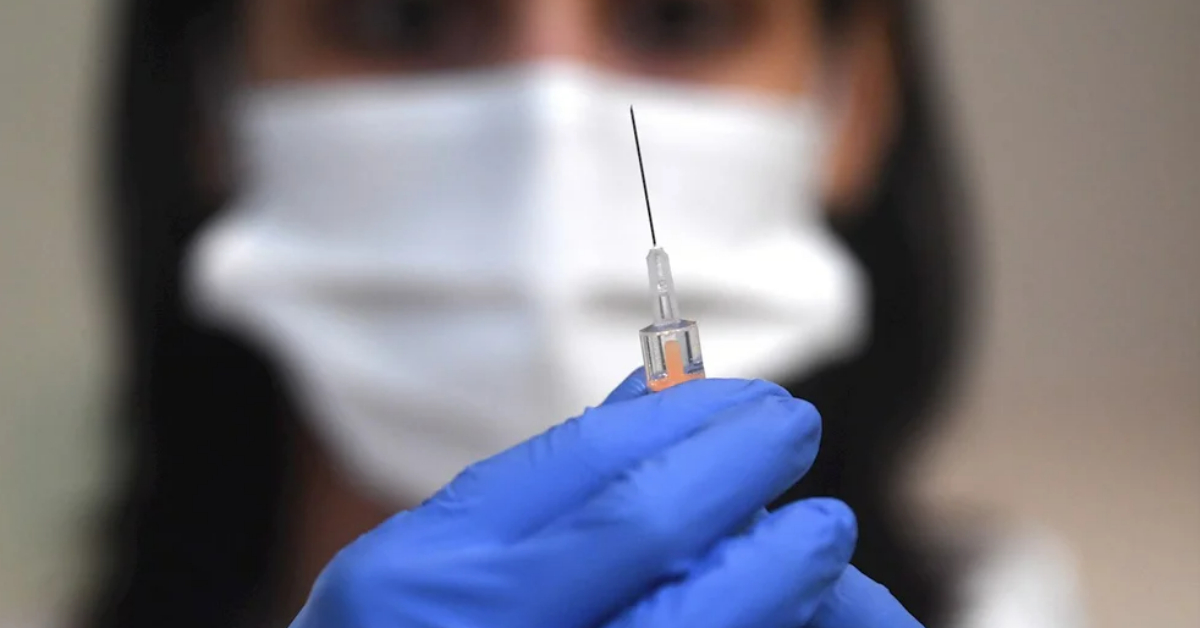Israel Buendía sat up in the bed closest to the window, a machine forcing oxygen into his nose. He’d been at the Hospital Ajusco Medio for two weeks and now he was marveling at the sound of his own voice.
Just last Friday, Buendía had felt good too. He bathed, walked the hall a bit. Then he started to cough and couldn’t stop. By the afternoon, doctors had positioned him facedown in bed to ease his breathing. He spit blood.
“He was about to be intubated,” Dr. Susana Valdez, head of . . .







